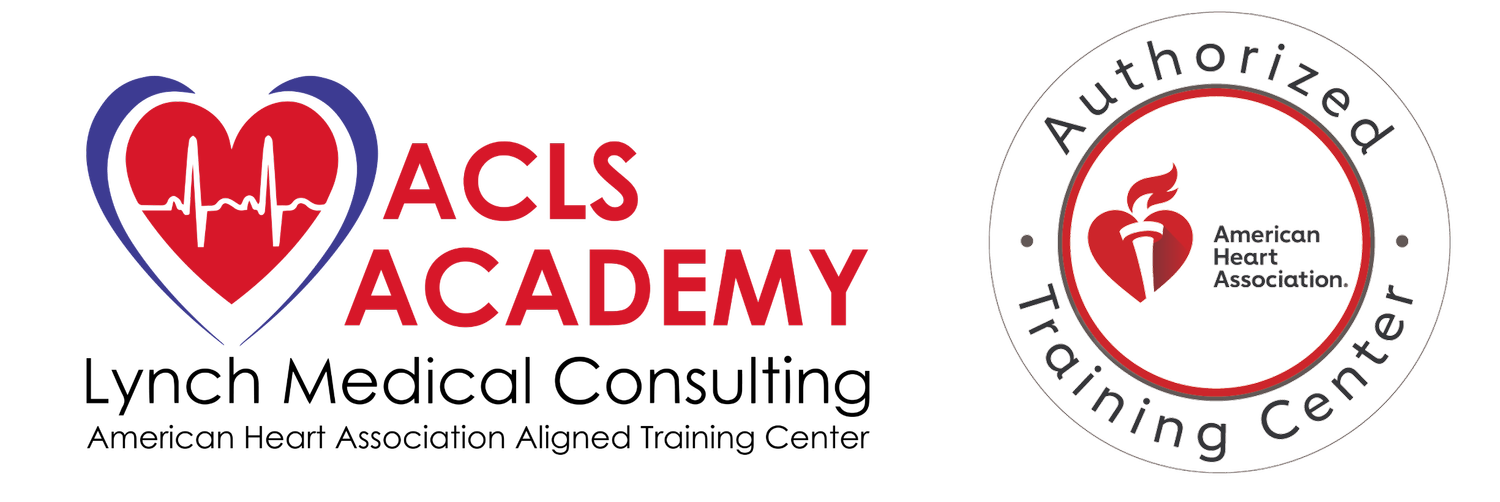THE POWER OF CPR: A 13-YEAR-OLD SURVIVOR’S TALE
It’s a normal day – Dad is caretaking two of his children, Mom is out of town for work, and their third child, a 13-year-old daughter, is competing in the local spelling bee at the school library. No one foresees the life-changing event that is about to occur. It could have been a tragedy except for the CPR training of the School Administrators and their courage to take action quickly.
In one year alone, 436,000 Americans die from cardiac arrest. Globally, cardiac arrest claims more lives than colorectal cancer, breast cancer, prostate cancer, influenza, pneumonia, auto accidents, HIV, firearms, and house fires combined. Consider these statistics from the American Heart Association:
More than 350,000 cardiac arrests occur outside of the hospital each year. In 2020, any-mention sudden cardiac arrest mortality in the US was 436,852. CPR, especially if administered immediately after cardiac arrest, can double or triple a person’s chance of survival. According to 2021 US data for adult OHCA only, survival to hospital discharge was 9.1% for all EMS-treated non-traumatic OHCA cardiac arrests.
Bystander CPR improves survival. The location of Out of Hospital Cardiac Arrests (OHCA) most often occurs in homes/residences (73.4%), followed by public settings (16.3%) and nursing homes (10.3%). CPR can double or triple the chance of survival from an out-of-hospital cardiac arrest if performed immediately.
Help is needed immediately. Unfortunately, only about 40% of people who experience an OHCA get the immediate help they need before professional help arrives. The 2023 Heart Disease and Stroke Statistics state that among the over 356,000 OHCA that occurred, 40.2% received bystander CPR.
Emma was a 13-year-old girl who experienced medical distress while participating in the local spelling bee. She had no history of any previous medical conditions or heart-related issues. Upon going into cardiac arrest, School Administrators trained in CPR jumped into action as they had been taught during their CPR training. Between the School Administrators, First Responders, and Paramedics, Emma received almost 45 minutes of CPR, which saved her life. According to the American Heart Association, CPR or Cardiopulmonary Resuscitation – is an emergency life-saving procedure when the heart stops beating. Immediate CPR can double or triple the chances of survival after cardiac arrest.
CPR is critical in instances where a person's heart stops beating, or they stop breathing. Rapid chest compressions mimic the heart beating to encourage blood flow, which can help the victim until additional help arrives. Being CPR trained means you know how to quickly and properly administer CPR. This can mean life or death for someone in medical distress.
During cardiac arrest, the heart stops pumping blood to the brain and other vital organs. As a result of a decrease in blood flow to the brain, a victim will fall unconscious. The brain can suffer damage in as few as three minutes without proper blood flow. There can be irreversible damage after nine minutes without blood flow to the brain. CPR helps to keep blood flowing and may help minimize the damage to the victim. Quick action on the part of the School Administrators in correctly administering CPR saved Emma’s life and protected her from organ failure or brain damage.
Emma’s doctors ultimately diagnosed her with Catecholaminergic polymorphic ventricular tachycardia (CPVT), an inherited cardiac condition that causes sudden rhythm disturbances, called arrhythmias, in otherwise healthy children. These abnormal rhythms often occur at high adrenaline levels, such as during exercise, strong emotions, or stress—like competing in front of a large group! In looking back on the incident, Emma’s father realized how fortunate the incident occurred in a location where people had life-saving CPR training. Had Emma gone into cardiac arrest in their living room, where we all feel safe, she wouldn’t have made it as no one in their household was trained in CPR.
Watch a compelling video about Emma’s story and life-changing incident here.
If you want to empower yourself like the School Administrators in Emma’s story with the ability to save lives during a cardiac incident, consider taking a CPR class. ACLS Academy is an authorized American Heart Associate (AHA) Aligned Training Center offering Heartsaver CPR and AED training designed for non-medically trained individuals. In addition to CPR and AED use, the Heartsaver course provides an additional, supplemental First Aid training component which can be done as a stand-alone course or as an add-on to the CPR and AED training. We have three convenient locations in Massachusetts – Quincy, Bridgewater, and Newton Center.
Our Heartsaver course covers the following:
Responding to and managing illnesses and injuries in adults, children, and infants.
First aid basics for common first aid emergencies.
How to perform life-saving skills.
How to recognize cardiac arrest and what to do until EMS arrives.
We offer Heartsaver CPR hybrid learning courses where the course work is online, and the skills session is in person or entirely online, facilitated through the American Heart Association. The online portion provides the flexibility of completing training at your own pace, either at work, home, or wherever you have Internet access. The hands-on portion includes a skills practice and testing session conducted in person with an AHA Instructor. The skills session can take approximately 1-2 hours.
Sign up here for ACLS Academy's Heartsaver courses, or contact us for questions or additional information.

